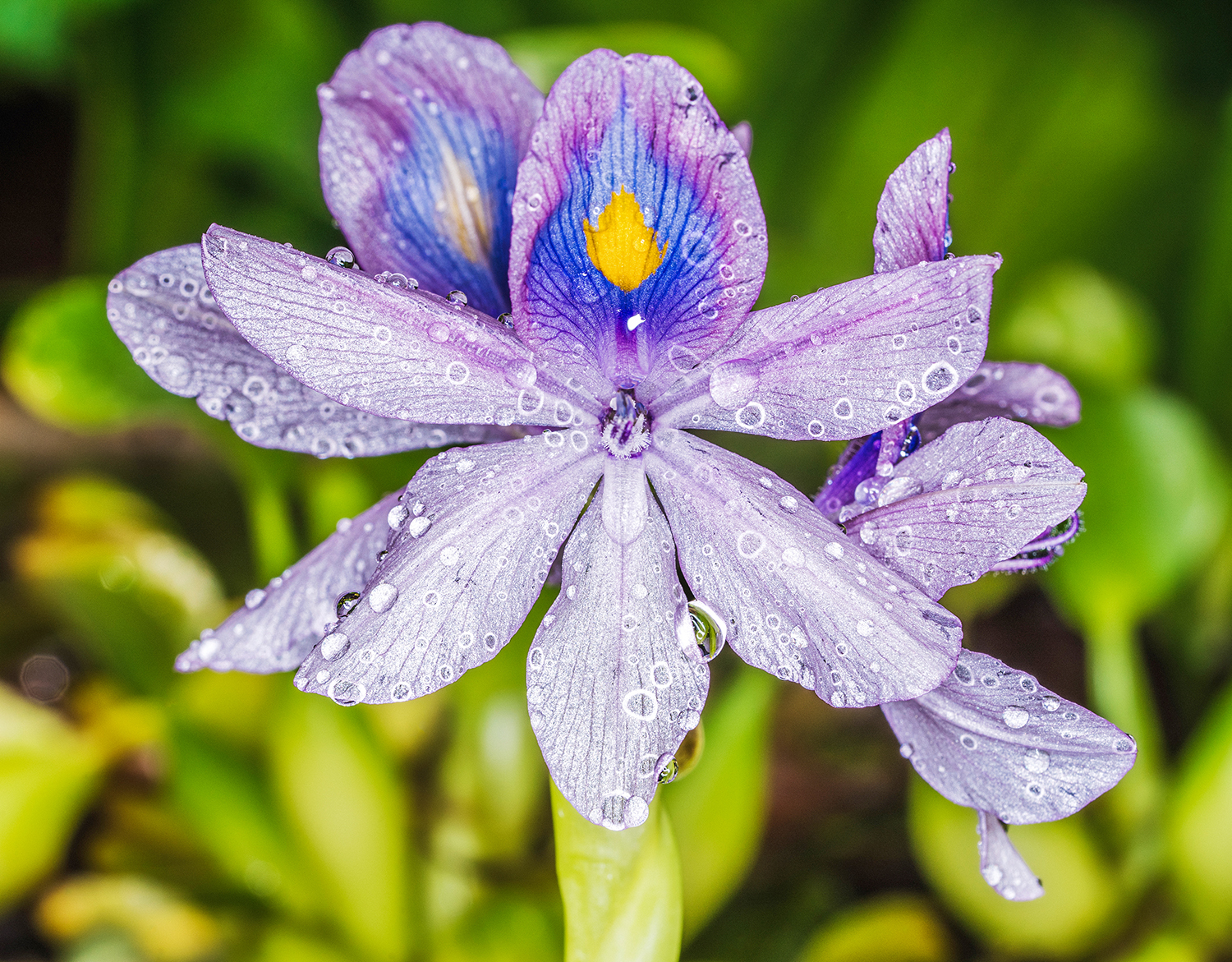
In tune with nature
The medicinal plants and mushrooms originate from their native regions, cultivated and produced in harmony with nature. The less these products undergo processing, the more their inherent potency is maintained.
Consequently, all of our offerings are designed to be as natural as possible. Our nutritional supplements are similarly produced or sourced from natural origins whenever feasible, delivering nutrients in their bioactive forms as produced by nature and required by the human body.
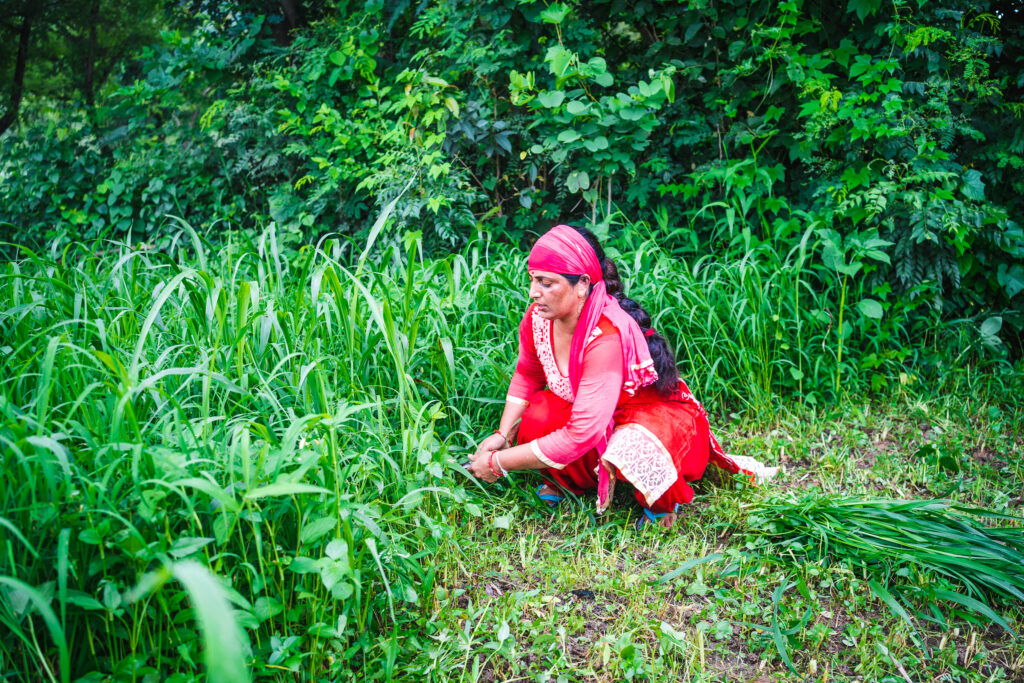
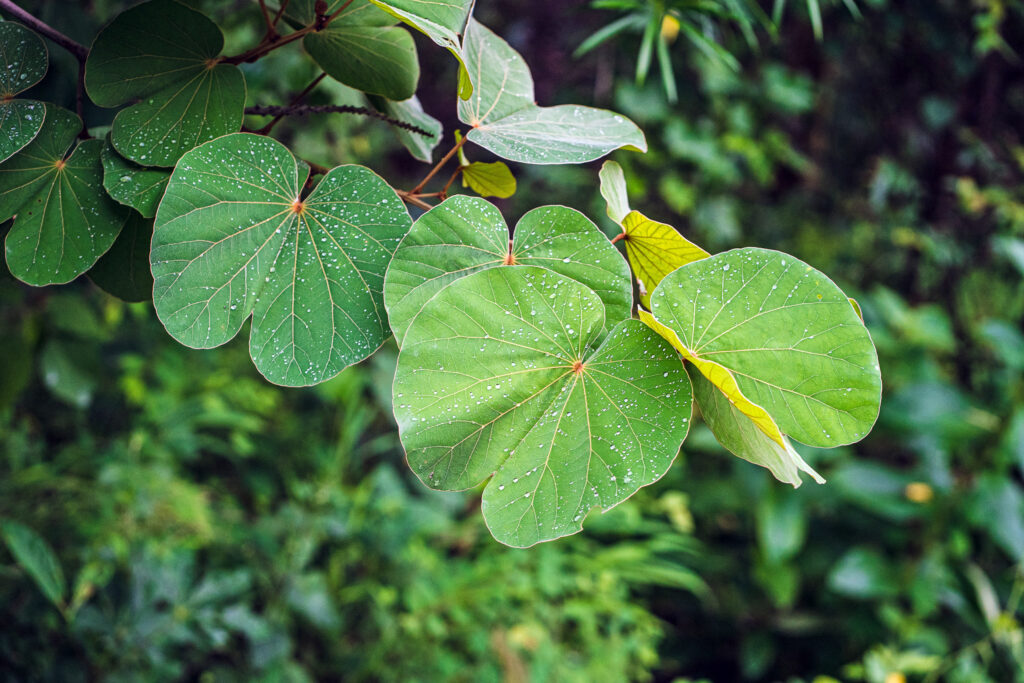
Purity
Our products deliver highly available active ingredients in their original purity – unadulterated, free from impurities and all controversial additives. To achieve this, we rely on strict organic qualities, exclusive wild collections, solvent-free extracts and high-quality premium pure substances in pharmaceutical quality.
No hidden additives – what it says on the packaging is exactly what’s inside. We pursue our claim to purity, uncompromisingly down to the smallest detail: from ultra-pure capsule shells to Eco-Friendly Pouches (Oxo-Degradable) and mineral oil-free shipping boxes.
OUR LOCATION – District Hamirpur, Himachal Pradesh
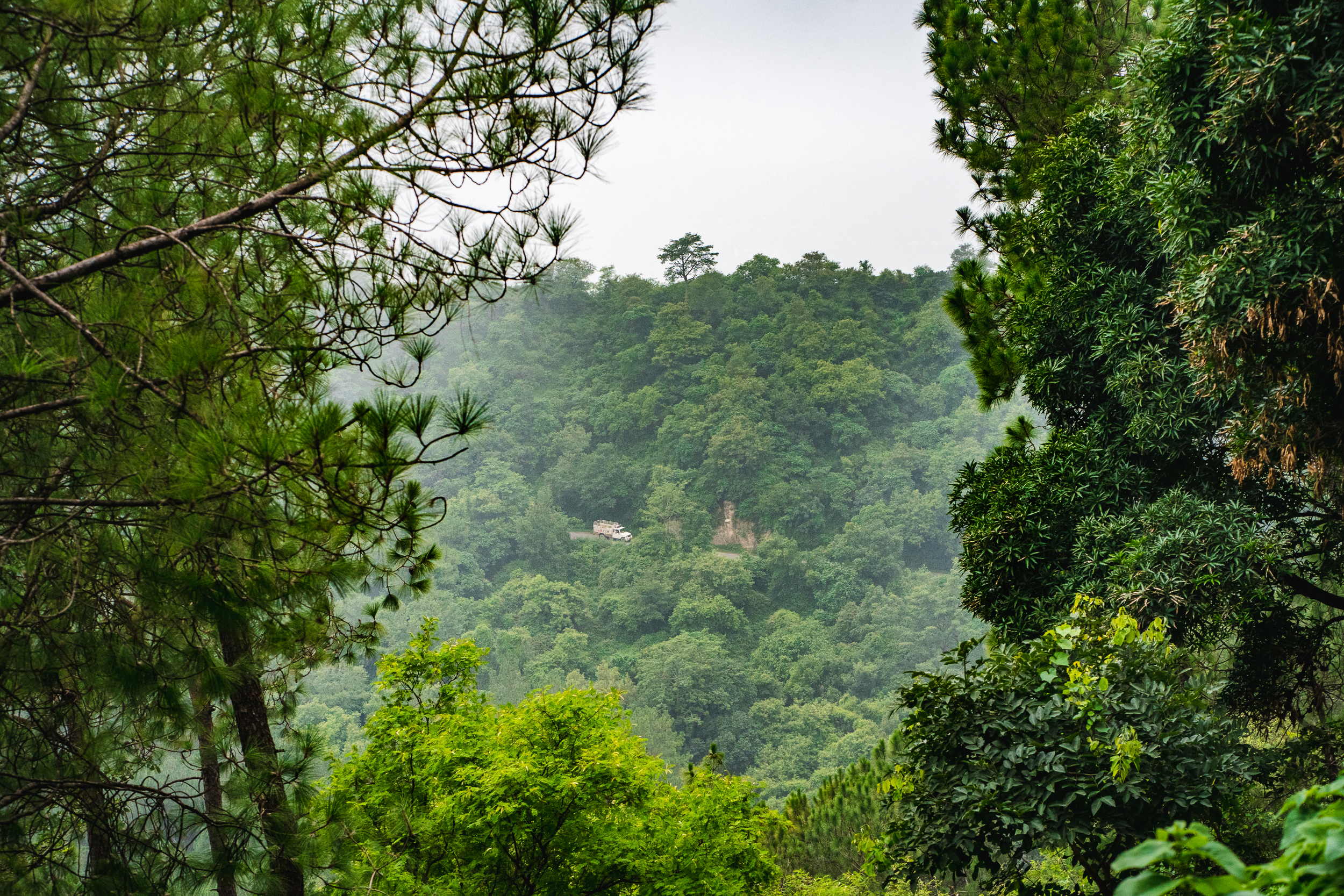
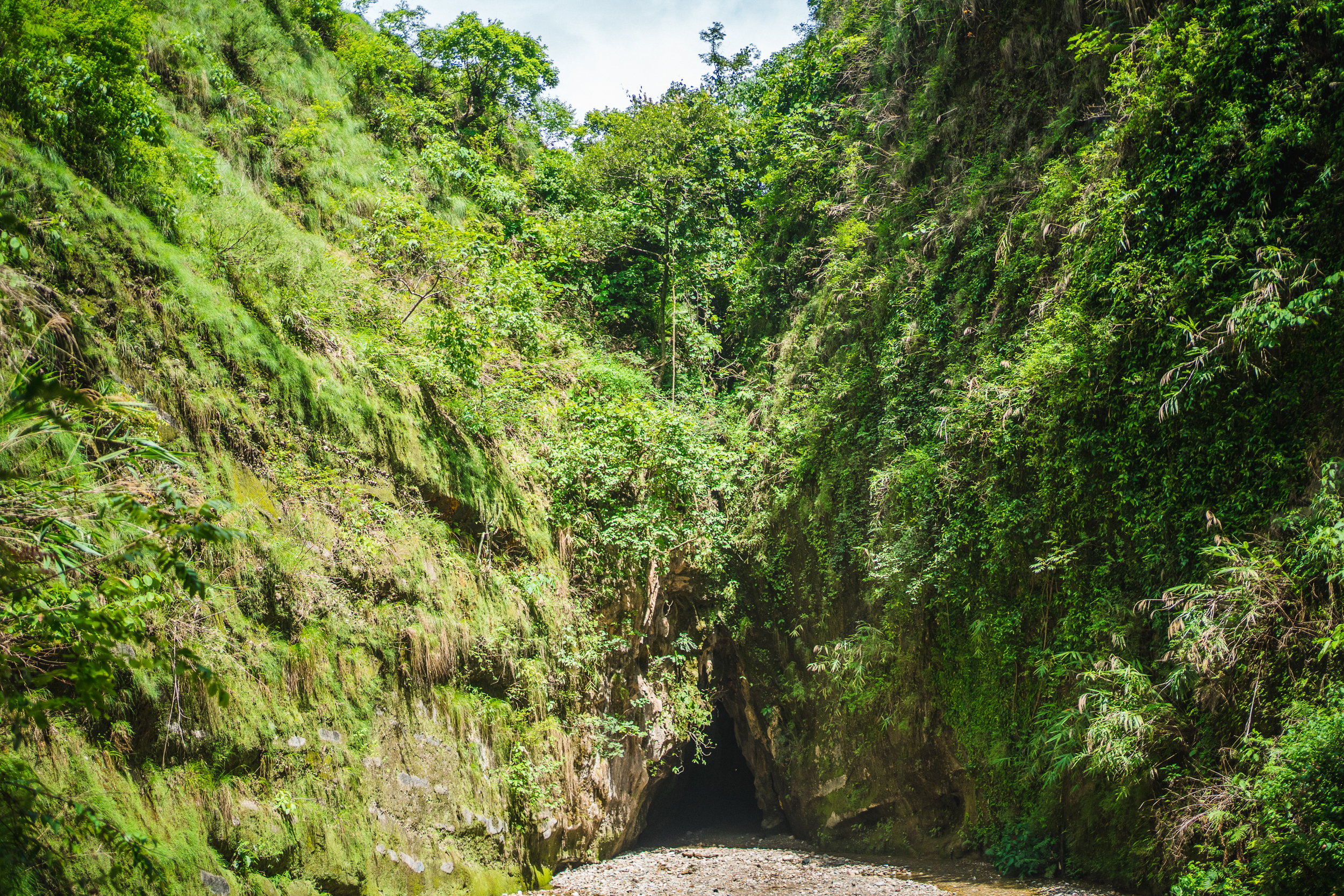


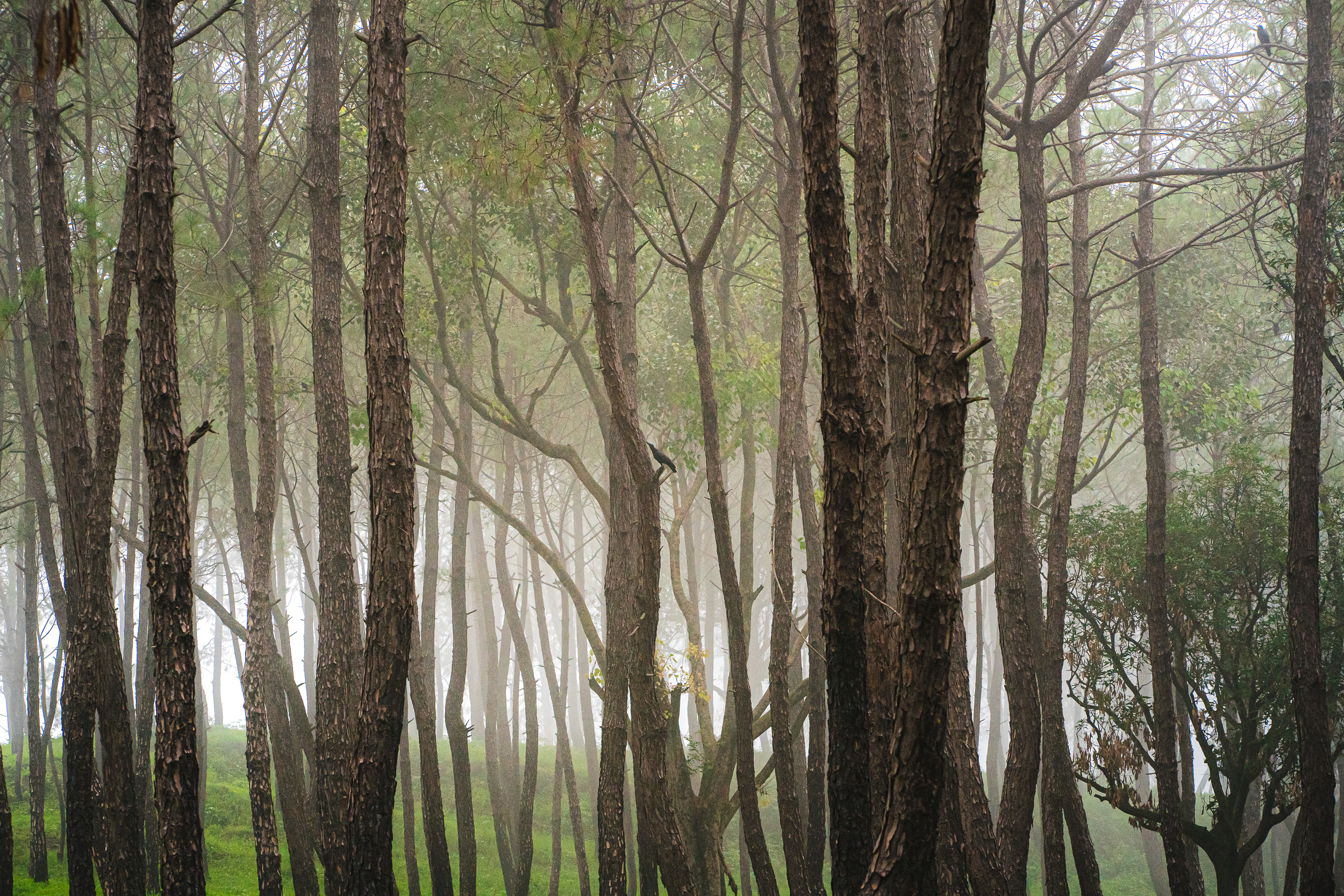
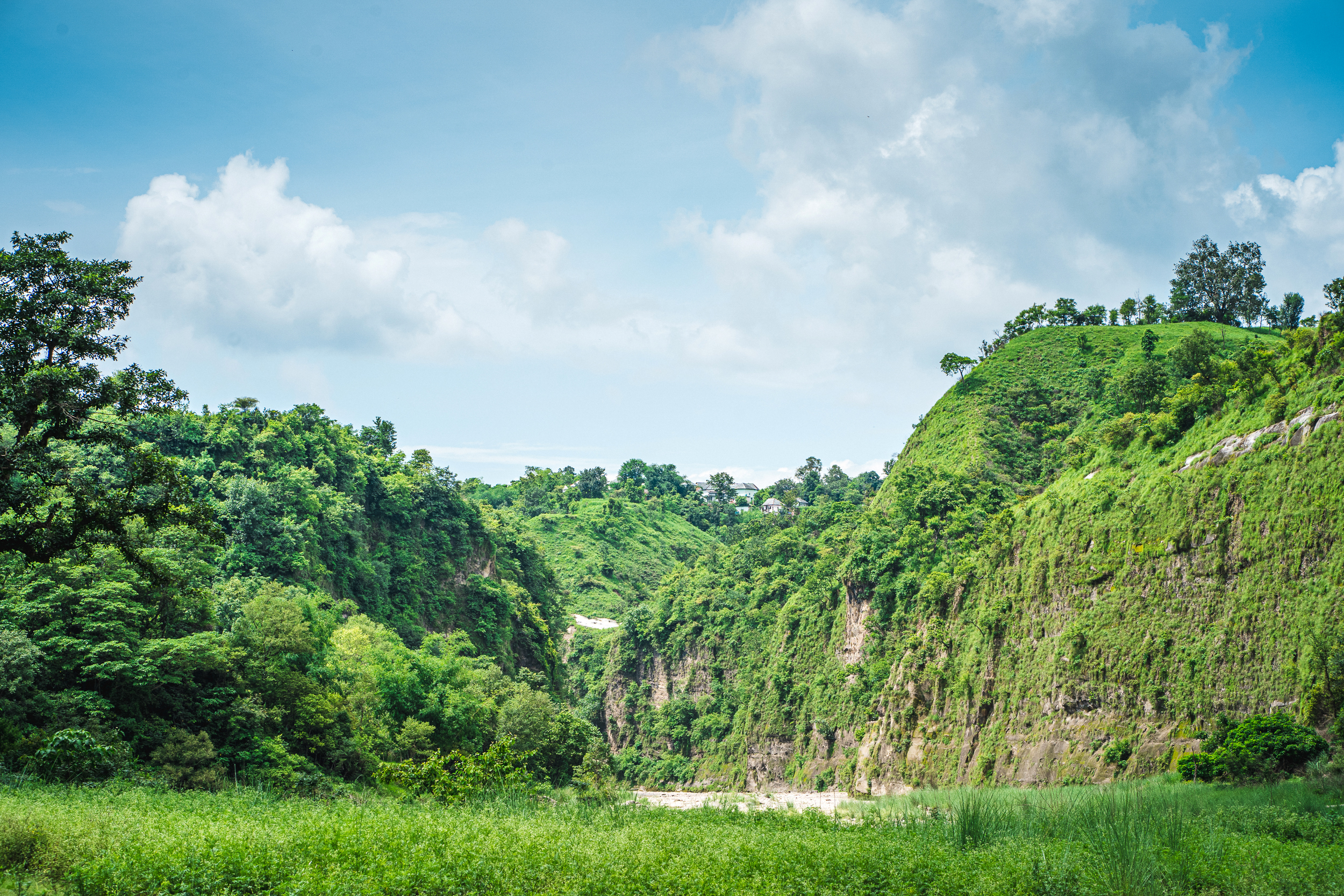
In the Subtropical Zone (Lower Hills) of Himachal Pradesh one can find Amla (Emblica officinalis): A rich source of Vitamin C, used in formulations like Chyawanprash for immunity and rejuvenation. Ashwagandha (Withania somnifera): An adaptogen, widely used for stress relief and vitality. Tulsi (Ocimum sanctum): Known for its antimicrobial, antioxidant, and immune-boosting properties.
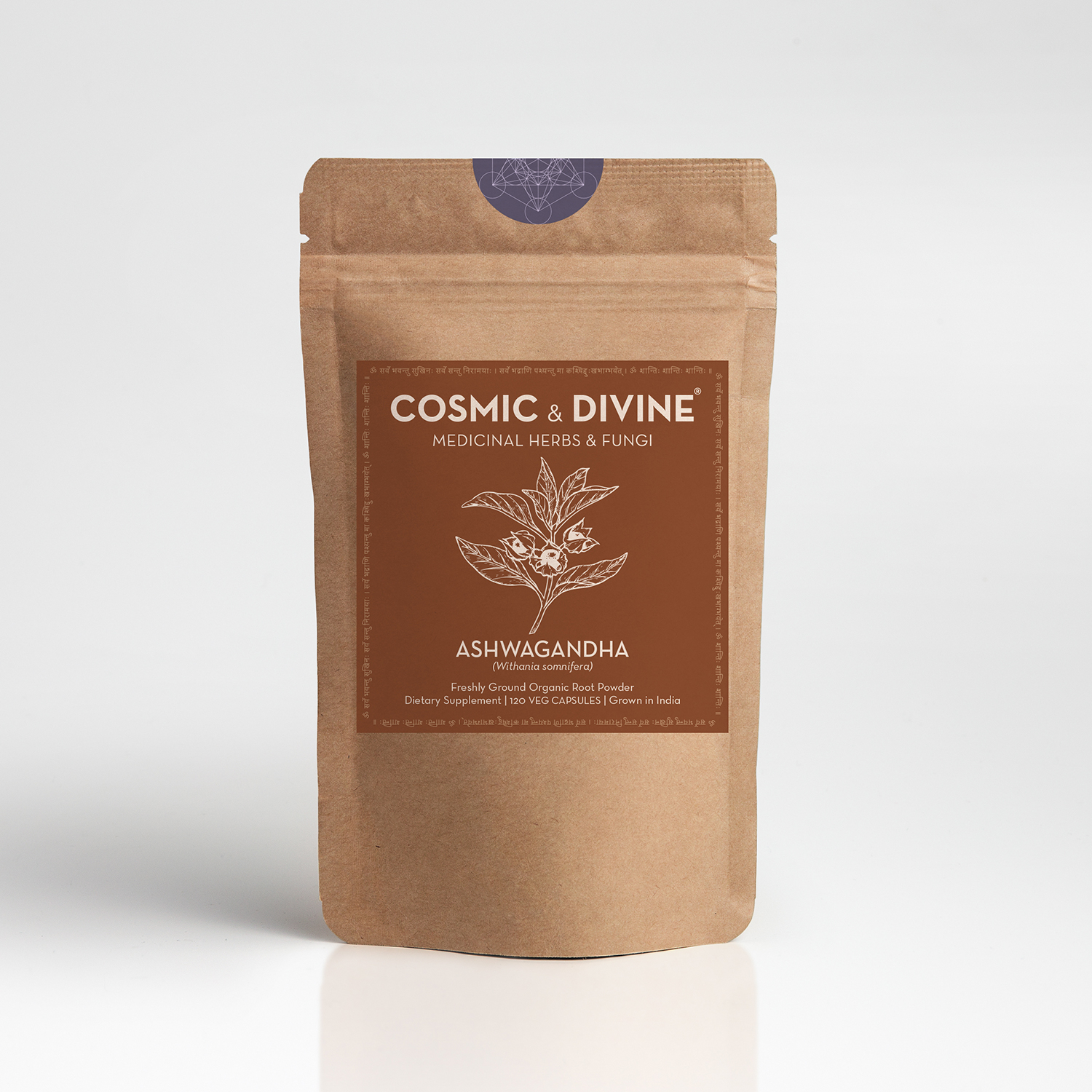
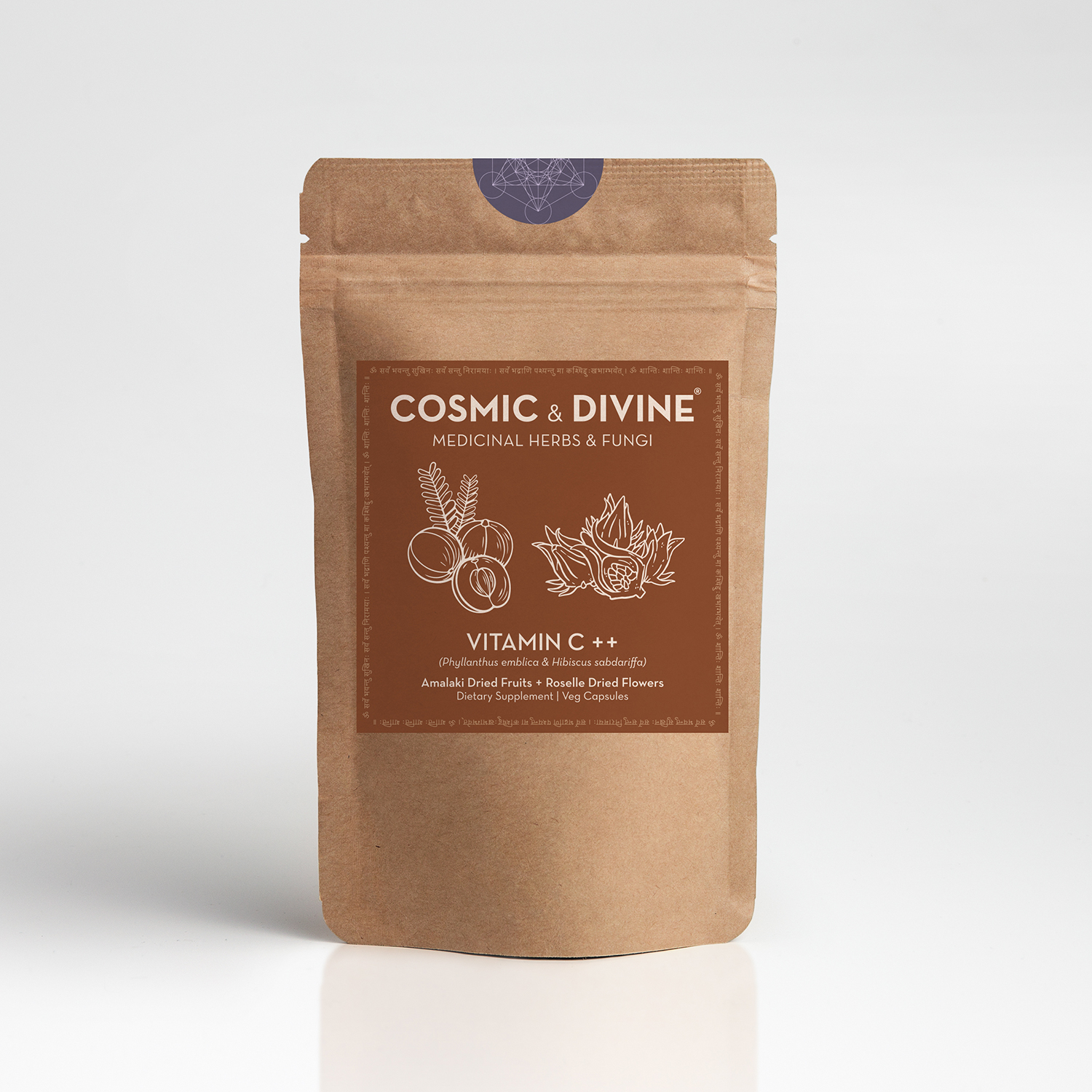
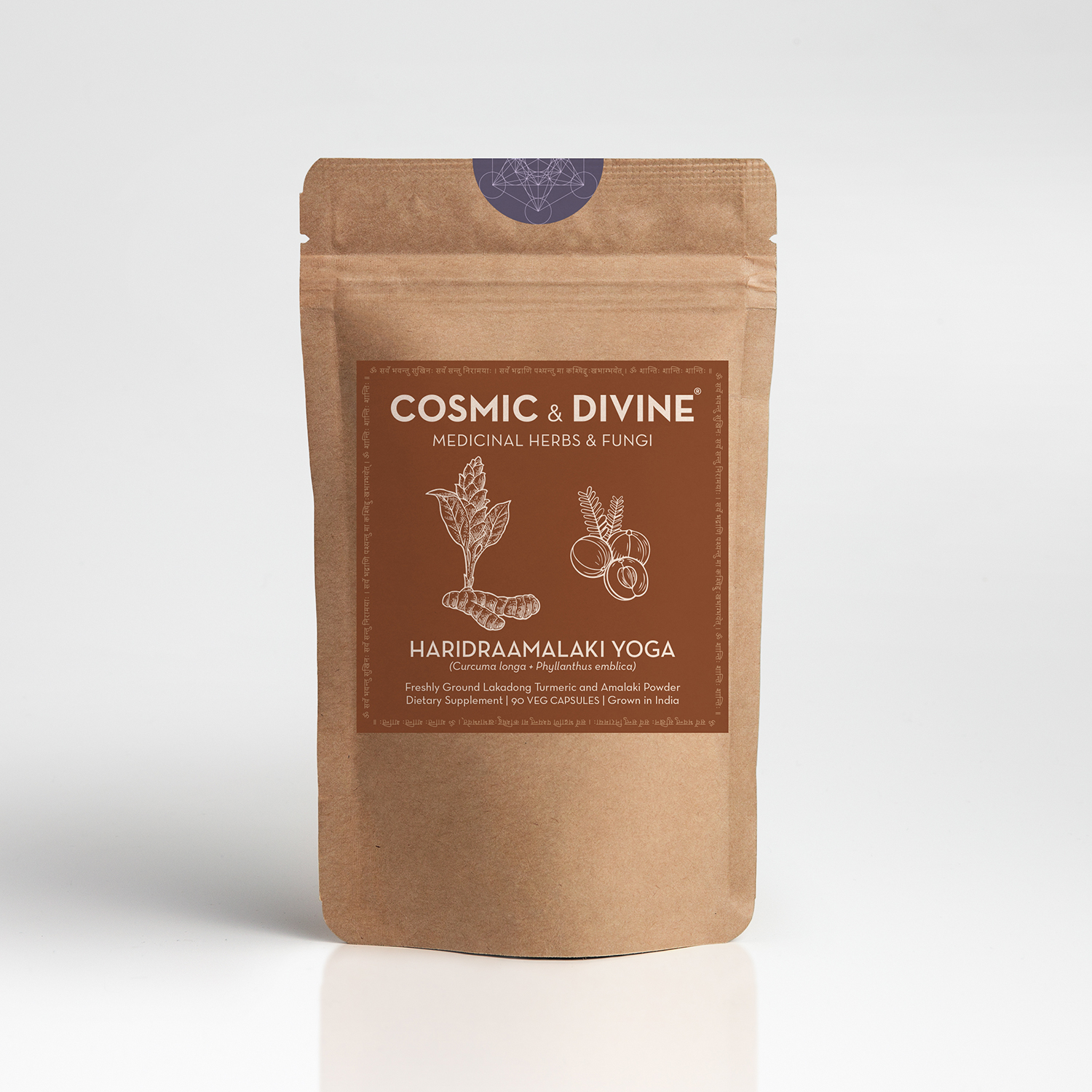
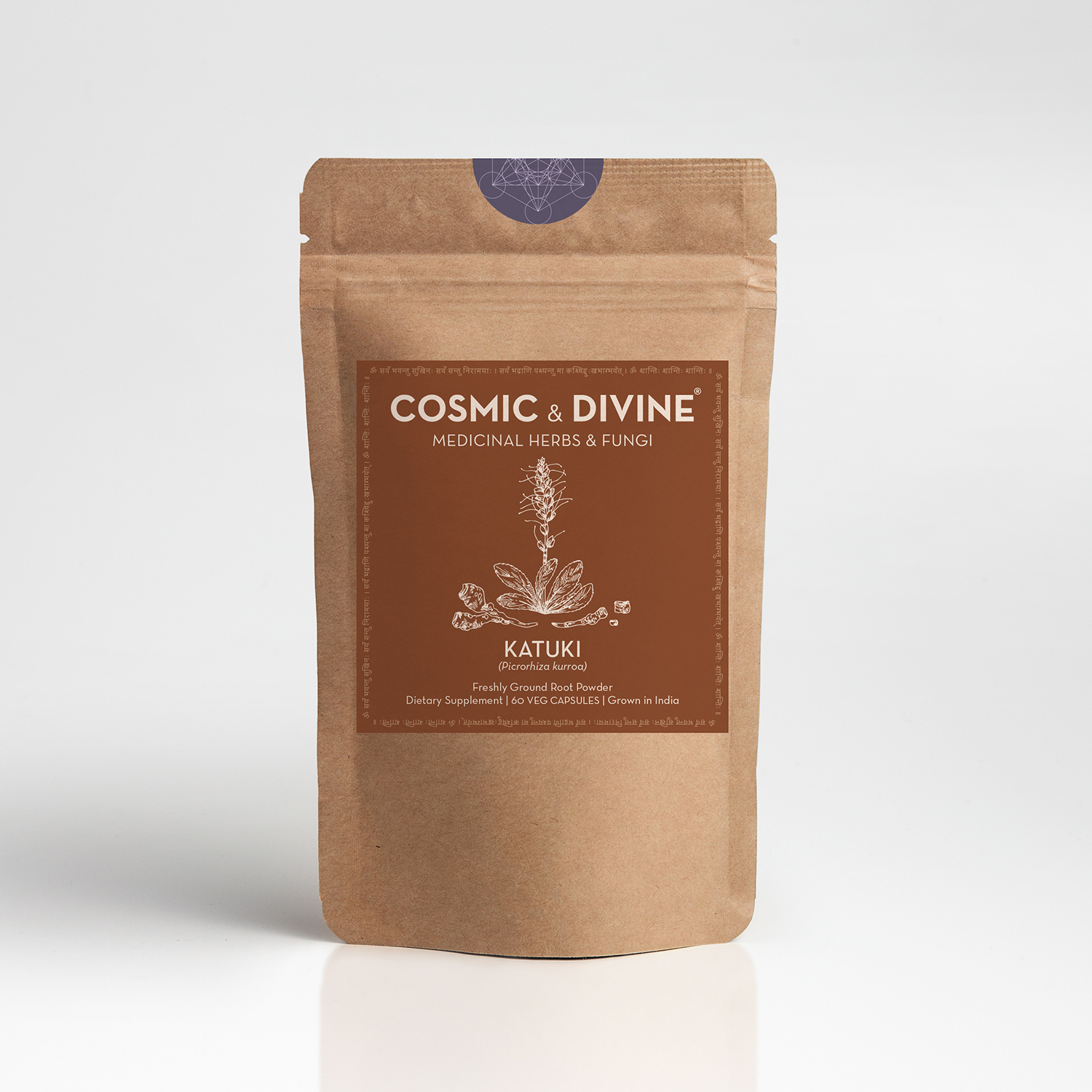
The Beauty of Amla
Have you ever observed the dark color of commercially dried Amla fruits and powder? Often the dry fruits are old, were dried after being boiled, sprayed with chemicals and exposed to extensive heat. As a result, the medicinal effectiveness of these plants is significantly diminished. The majority of our Amla comes from the jungle. We carefully dry the fresh Amla and grind them just before incorporating them into our formulations, ensuring the preservation of the potency of this medicinal plant.
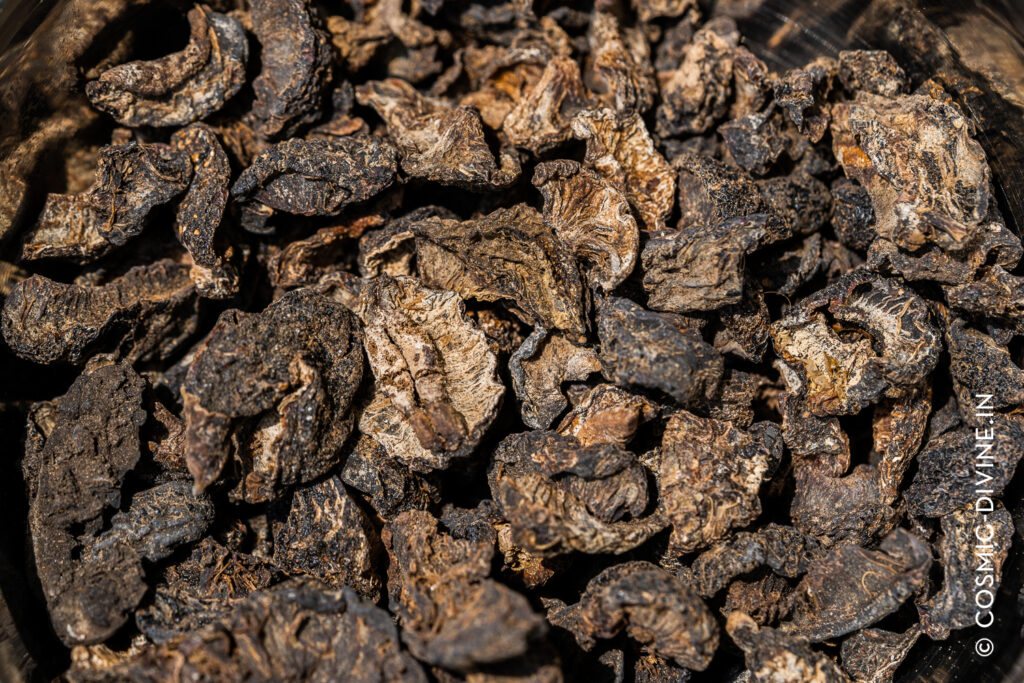

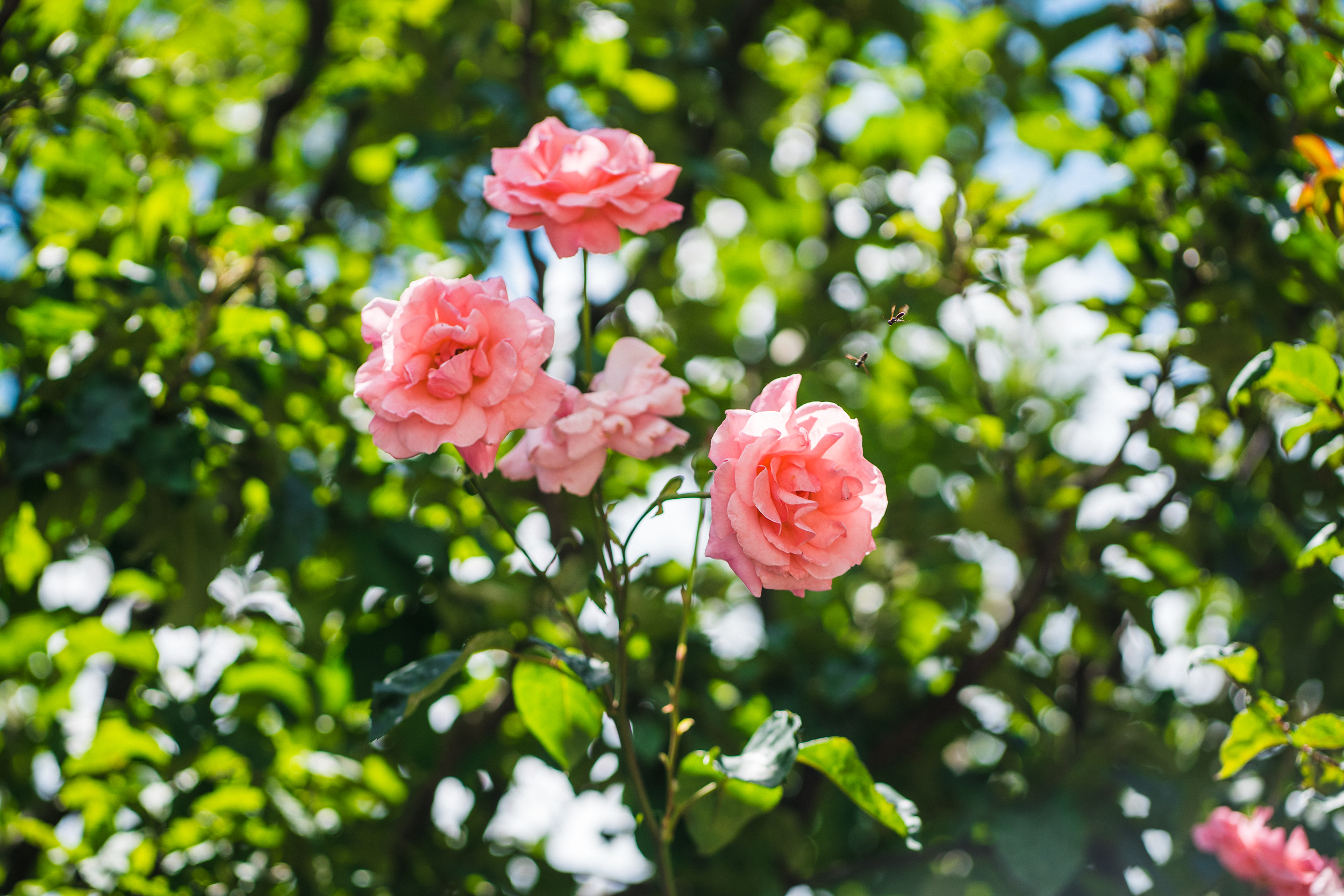
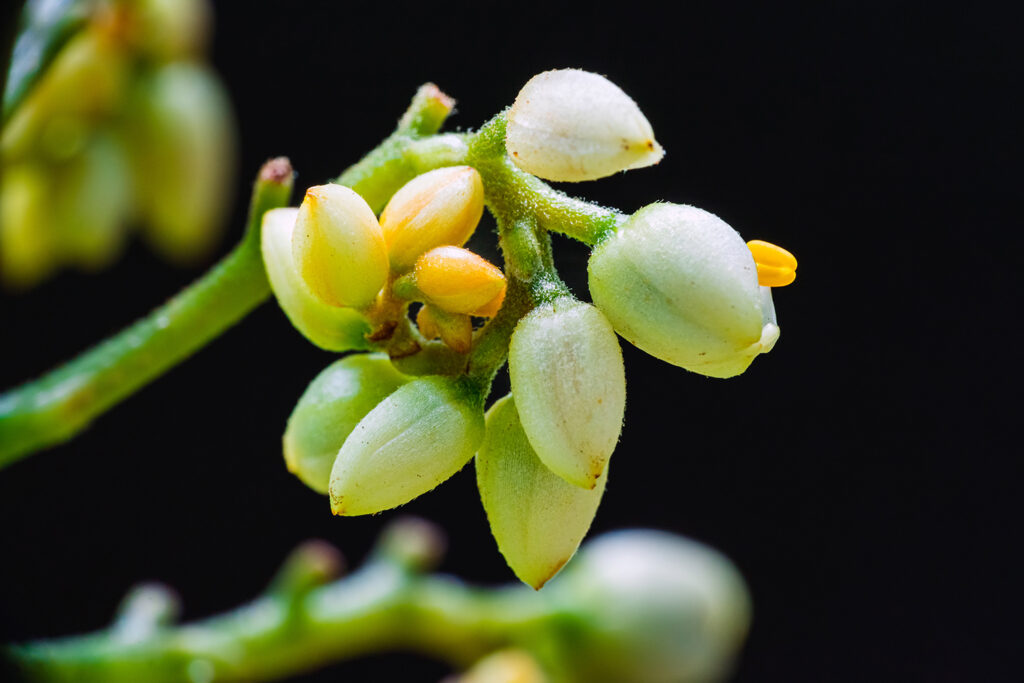
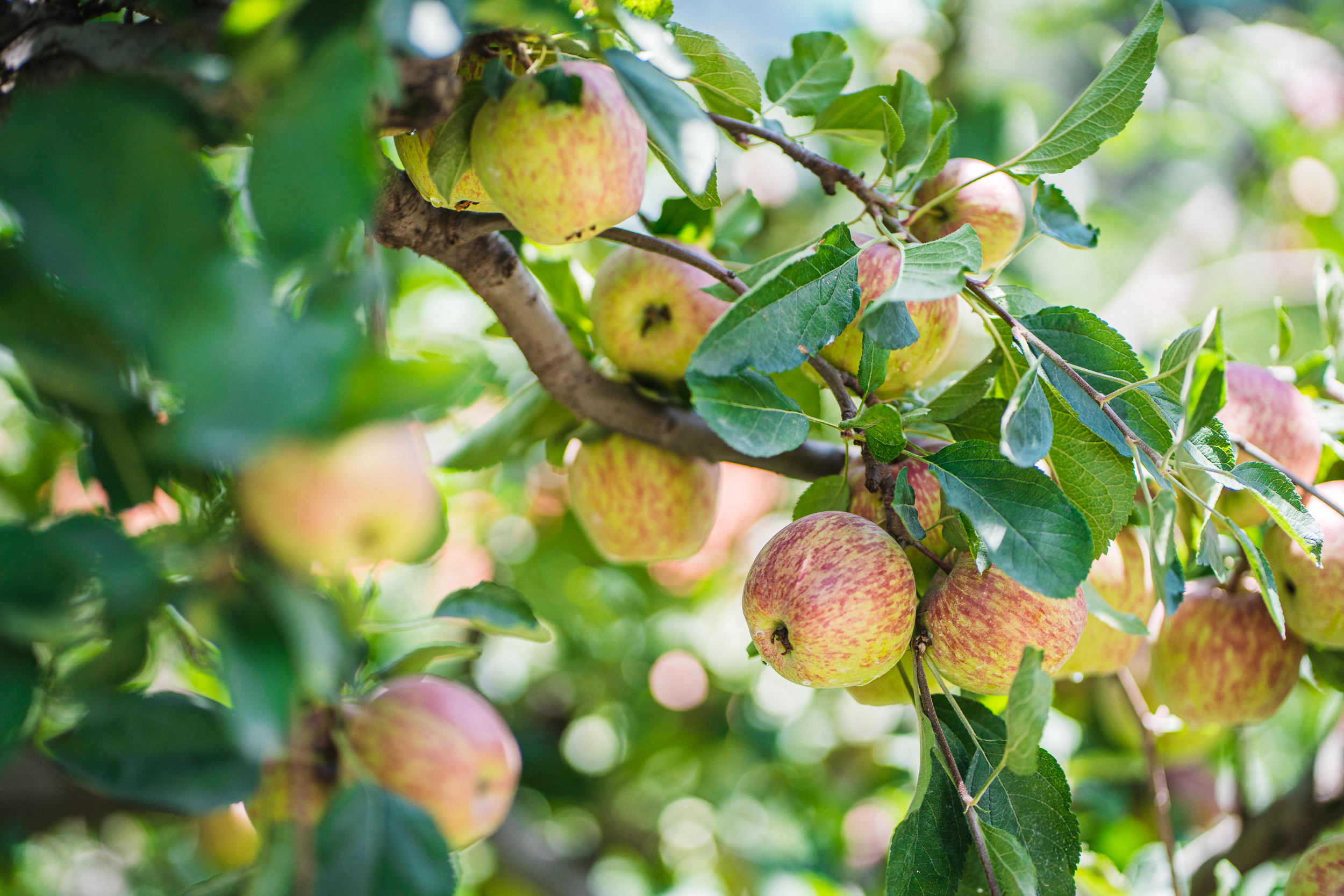
Himachal Pradesh, with its pristine environment, diverse climate zones, and rich biodiversity, is a treasure trove for Ayurvedic medicinal plants. The state’s natural topography, ranging from subtropical lowlands to the alpine Himalayan ranges, provides an ideal environment for a wide variety of medicinal plants to thrive. Himachal Pradesh is part of the Western Himalayan Biodiversity Hotspot, making it a globally significant area for medicinal plant diversity. Many herbs found here are either unique to the region or thrive best in its climatic conditions. Himachal is a center for Ayurvedic research, with institutions focusing on the cultivation, conservation, and application of medicinal plants. Initiatives like the National Medicinal Plants Board (NMPB) promote the preservation and sustainable use of these resources.

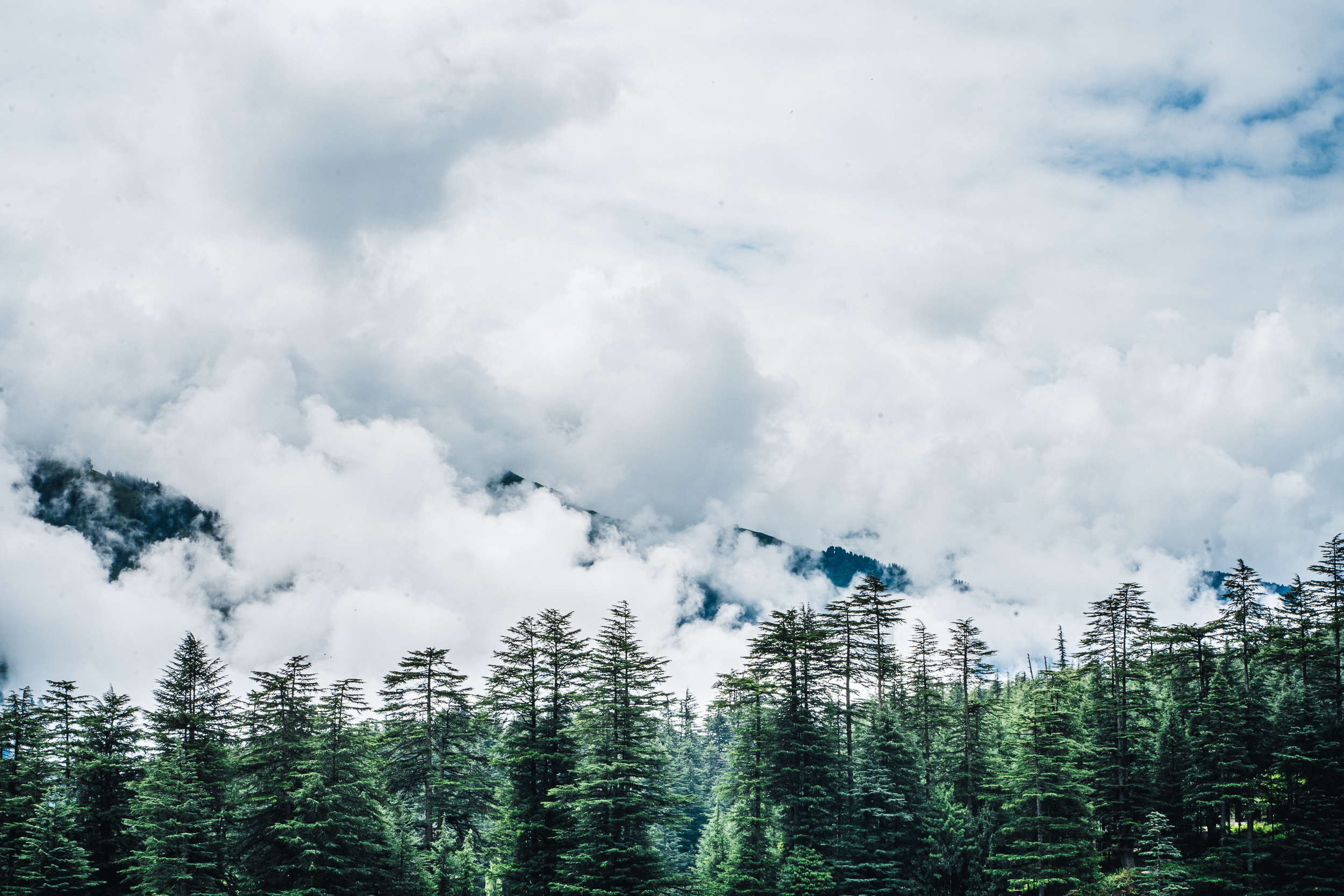

The region has a wealth of traditional knowledge about the use of medicinal plants for healthcare. Indigenous communities have been using these herbs for centuries, and their practices align with Ayurvedic principles.
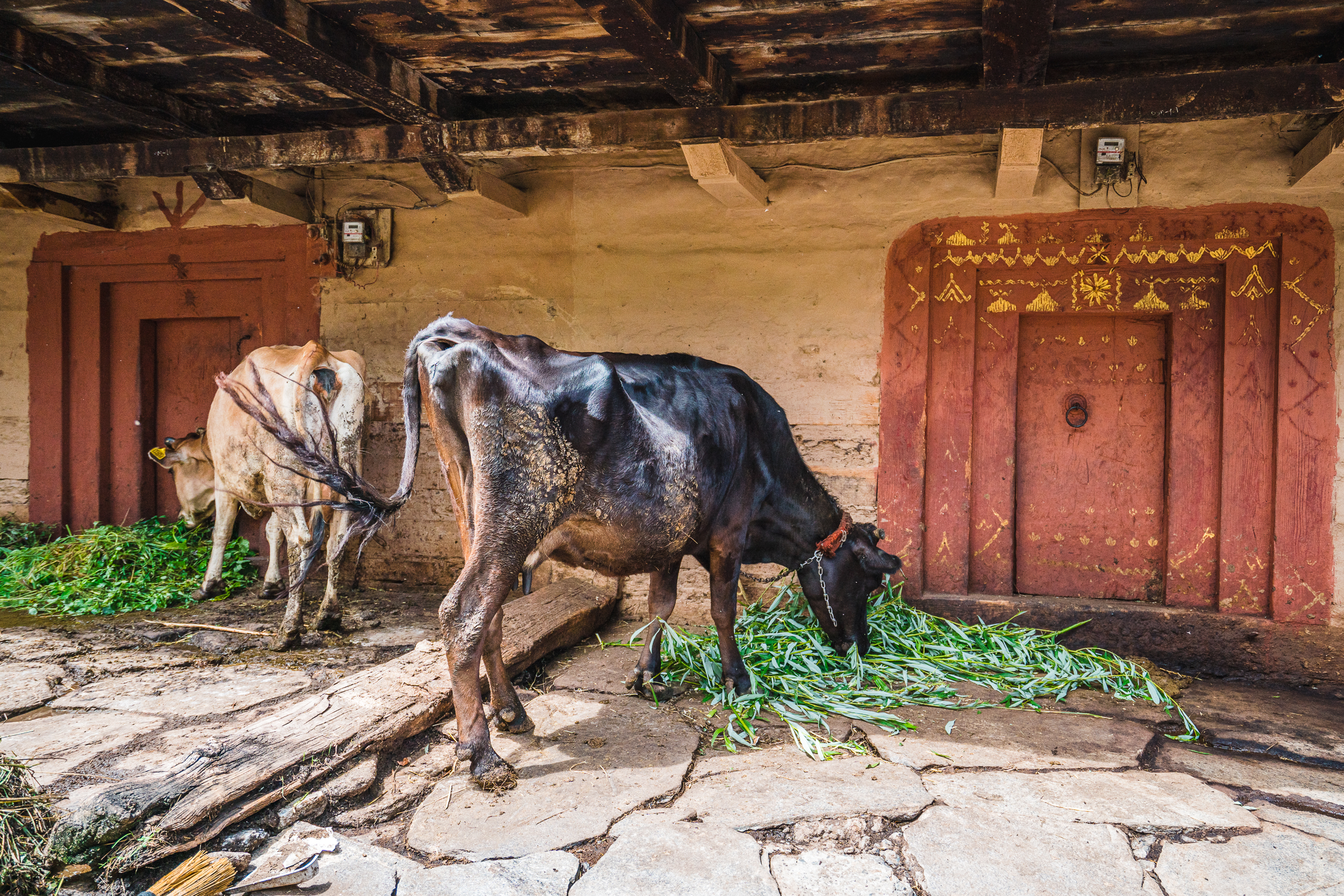

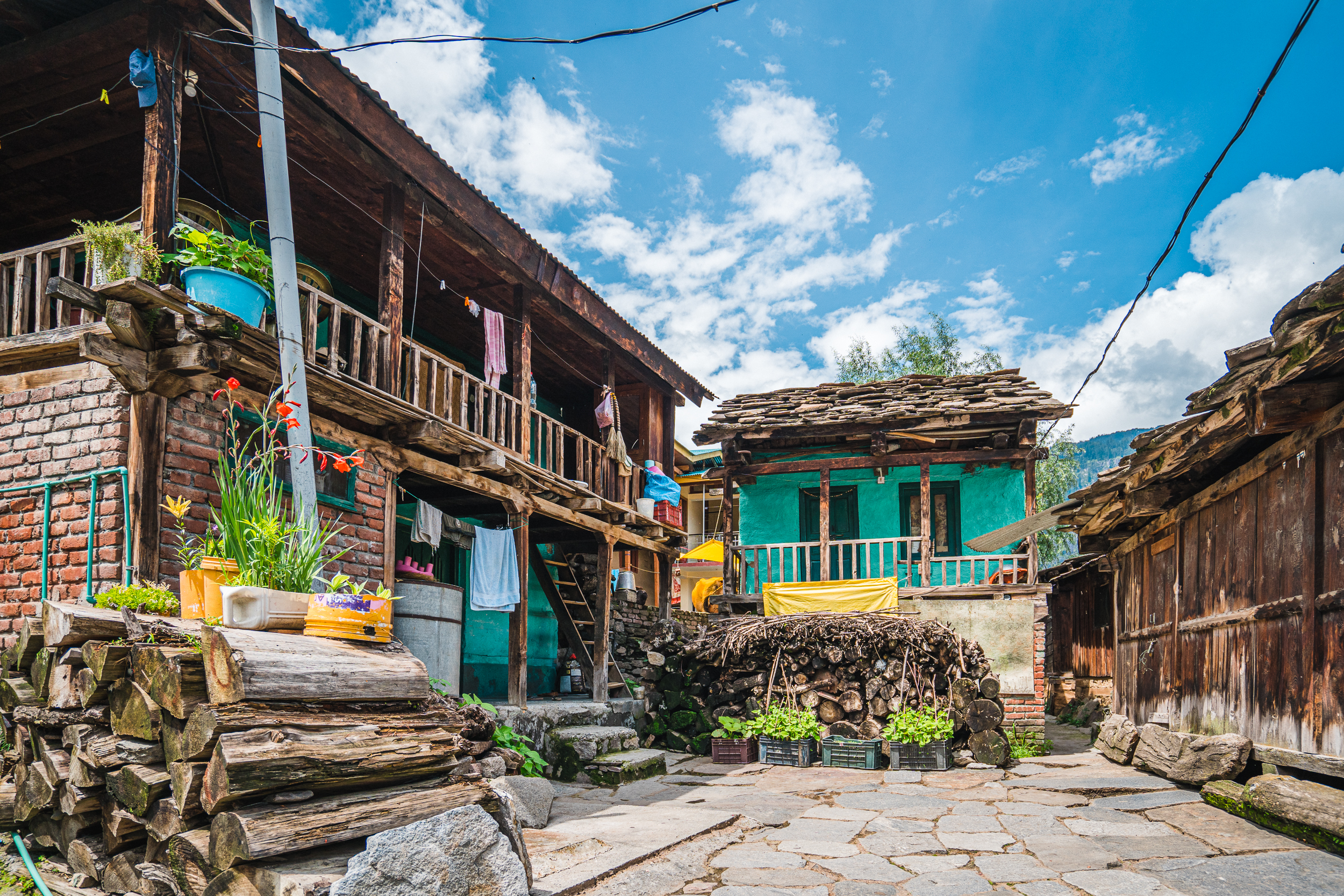
In the Temperate Zone (Mid Hills) you will find plants like Brahmi (Bacopa monnieri): Used for improving memory and cognitive function. Vach (Acorus calamus): Effective in treating respiratory disorders and improving mental clarity. Shatavari (Asparagus racemosus): A female reproductive tonic and general adaptogen.
Himachal Pradesh, particularly Solan, is known as the “Mushroom Capital of India” due to its rich tradition of mushroom cultivation and the presence of the Mushroom Research Institute of India (National Research Centre for Mushrooms).
The forests and diverse climatic zones of Himachal Pradesh are home to numerous wild and cultivated mushroom varieties, including edible, medicinal, and exotic types like Shiitake and Oyster mushrooms. Indigenous communities have a long history of collecting and consuming wild mushrooms like Gucchi (Morchella esculenta), a highly valued and expensive variety known for its flavor and medicinal properties.
Solan spearheaded organized mushroom farming in India, making it a hub for training, production, and research in mushroom cultivation. We have deepened our knowledge at the ICAR-Directorate of Mushroom Research (DMR), Solan during the Training on Mushroom Cultivation Technology for Entrepreneurs and the Training on Cordyceps Mushroom Production Technology.

Lion’s Mane mushroom (Hericium erinaceus) is a medicinal fungus highly regarded for its health benefits. It promotes the production of Nerve Growth Factor (NGF), which supports the growth, repair, and protection of nerve cells. May improve memory, focus, and learning abilities. As a potential support in Neurological Disorders this mushroom is studied for its benefits in conditions like Alzheimer’s, Parkinson’s, and multiple sclerosis. Lion’s Mane helps combat chronic inflammation, which is linked to many diseases. It neutralizes free radicals, reducing oxidative stress and supporting overall cellular health. Contains compounds that protect the stomach lining and help heal gastric ulcers. Helps regulate blood sugar levels and improves insulin sensitivity. Contains compounds that may inhibit the growth of cancer cells, especially in gastric, colon, and liver cancers. Reduces symptoms of anxiety and depression, likely due to its neuroprotective and anti-inflammatory properties.
Lion’s Mane mushroom offers a wide range of medicinal properties, making it a valuable supplement for cognitive health, immunity, inflammation, and chronic conditions. However, consult a healthcare provider before use, especially if you are managing specific health conditions.



The varied climate zones ensure a year-round supply of medicinal plants suited to different temperature and moisture requirements. The region benefits from pure glacial water and natural streams, which contribute to the high quality of the soil and plants. In the Alpine Zone (High Altitude Himalayas) one can find Kutki (Picrorhiza kurroa): A hepatoprotective herb used for liver health. Ativish (Aconitum heterophyllum): An antipyretic and anti-inflammatory herb. Jatamansi (Nardostachys jatamansi): Known for its calming properties and benefits for hair growth. Kuth (Saussurea lappa): Used for skin conditions and respiratory disorders.

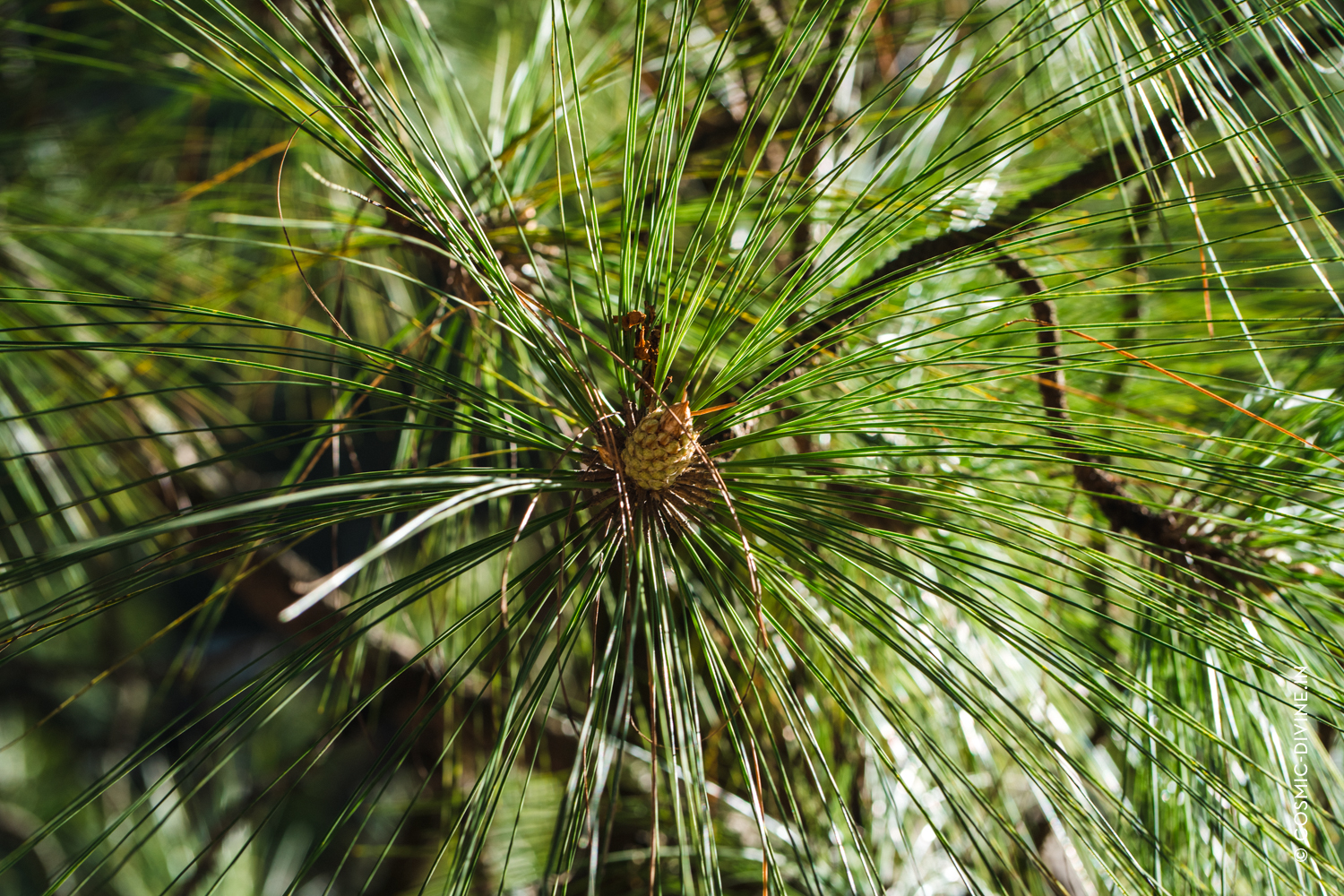


The Power of Shilajit
Shilajit is considered as one of the wonder drugs of Ayurveda. The first reference of Shilajit in Ayurvedic classic texts is found in the Charaka Samhita, where it is mentioned that „ metals like gold and others are present in the rocks which receive heat and secrete the exudate, which is called Shilajit. Shilajit is a thick tar-like substance with a color of dark brown which exudes from rocks of mountains predominately in Himalayas, Karkuram, Tibet, Caucasus, Atlai mountains and mountains of Gulgit Baltistan, Arunanchal Pradesh, Kashmir, Afghanistan, Bhutan and Nepal etc. It is formed from organic and plant compounds that have been compressed by layers of rocks.
It states in Charaka Samhita „There is no curable disease in the universe which is not effectively curable by Shilajit, when administered at the appropriate time, adopting the prescribed method“
